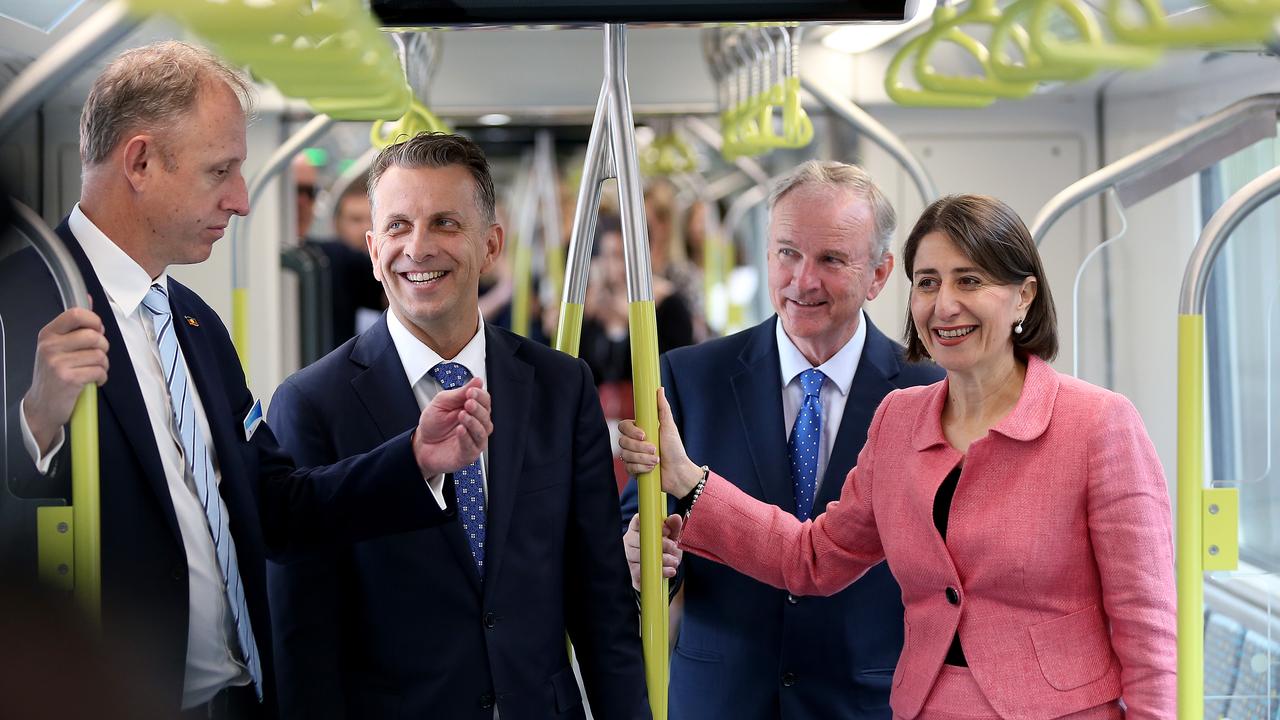'Virtual' high school to be set up for country kids in NSW
A VIRTUAL high school will be established for students in rural NSW to ensure they are offered the same range of subjects as city students.
A VIRTUAL high school will be established for students living in rural areas in NSW to ensure they are offered the same wide range of subjects up to year 12 that are available to city students.
The virtual school will operate alongside bricks and mortar schools as an adjunct to existing classrooms rather than replacing regular schooling, and will also offer selective classes for bright kids.
The $8 million initiative is one of the main measures outlined in the NSW government's rural and remote education strategy, released today, that includes $30m over four years for incentives to attract teachers to remote schools and an extra $5m to build new preschools.
The strategy, worth $80m over four years, also encourages clusters of schools to form “education networks” and share resources, including teachers and budgets across groups of primary and secondary schools.
All initiatives will be evaluated over a 10-year period to monitor the effectiveness of the plan and that it is improving student results.
NSW Education Minister Adrian Piccoli, who launched the plan in Tamworth today, said many remote schools were small and lacked the teachers and resources to offer high-level subjects at year 12.
“It's a fairness issue that kids in country schools have the same opportunities as kids in city schools, to have really good teachers standing in front of them and the same subjects available at a school in Condobolin as in Parramatta,” he said.
The NSW rural education strategy also addresses staffing issues, making it easier for principals to appoint existing temporary teachers as permanent staff, a 10-week trial for new teachers before they are given a permanent job, and a $10,000 bonus payment to attract teachers in schools struggling to fill vacancies in areas such as maths and science.
Schools will also be encouraged to consult with their communities about forming networks across groups of schools as a way of sharing resources.
While many schools already operate in clusters or principals collaborate informally, the strategy seeks to entrench and expand the practice to include early childhood services, preschools, private schools and TAFEs.


